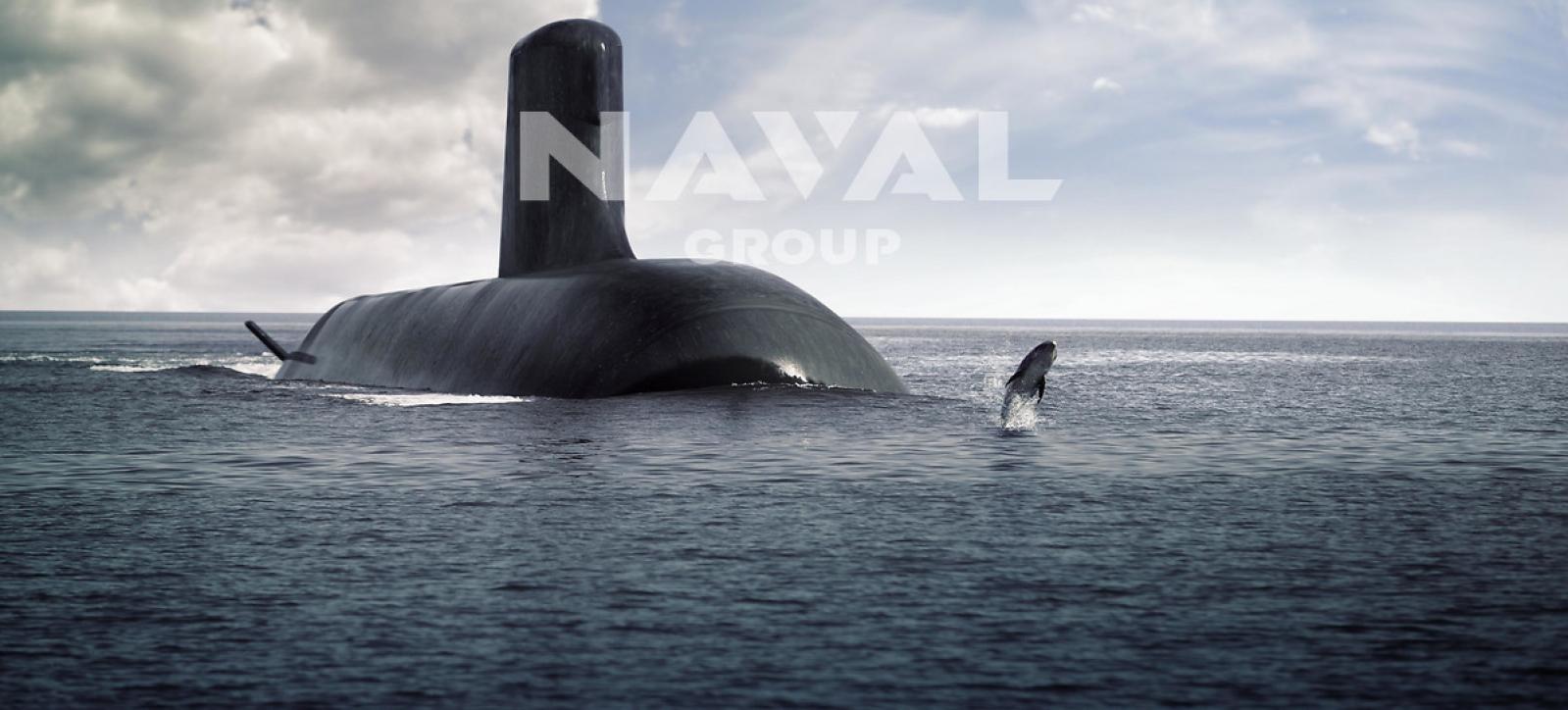The share of DCNS's activities linked to the oceanic nuclear deterrence component, the nuclear-powered ballistic-missile submarines (SSBN), requires the long-term and significant involvement of certain Group sites; it plays a driving role in the ecosystem of several regions in terms of jobs and purchasing from suppliers. But the technologies and know-how developed for the nuclear deterrent also support other areas, allowing the Group to strengthen its international credibility and reputation of prime contractor for complex programmes. This represents the final episode of our summary of the study published in October 2016 by the FRS¹ (Foundation for Strategic Research).
Although we can consider that all DCNS sites in France are involved in nuclear-deterrence activities taken in the widest sense, including conventional-type capacities and equipment necessary for the deployment of the strategic oceanic force (nuclear attack submarines, anti-submarine frigates, torpedoes, Charles de Gaulle aircraft carrier), five of these are more specifically dedicated to SSBNs: Cherbourg, Brest, Nantes-Indret, Ollioules and Angoulême-Ruelle.

Territorial and economic impact of SSBNs
This territorial distribution is also reflected on suppliers. 99% of order volumes for the Nuclear Deterrent/SSBN activity are placed with Tier-1 suppliers located in mainland France; but 63% of the purchases made are concentrated in 10% of the concerned counties, including Alpes Maritimes, Var, Manche, Finistère and Loire-Atlantique. In terms of jobs, the economic impact of DCNS's SSBN-related activities can be classed according to two periods. Outside of a renewal programme, the activity generates about 4,500 direct (DCNS employees) and indirect (suppliers and subcontractors) jobs per year. During a period of renewal: 6,900 direct and indirect jobs per year, over a period of 20 years. In both cases, the share of added value created in France is over 90%.
SSBNs, SSNs... and conventional submarines: a cross-fertilisation
Hull metallurgy, acoustic discretion, combat-system IT, propulsion, communications, submarine detection or navigation systems: the technologies developed for SSBNs have significantly improved the performance levels of the other submarines since the Rubis-class SSNs through to the Barracuda programme, not forgetting conventionally-powered submarines: Agosta, Scorpène® and in the near future the Australian submarines.Attractiveness for export markets
This capacity to integrate scientific and technical evolutions across a wide range of conventional vessels strengthens DCNS's credibility and reputation. The Group responds to the expectations of States that are increasingly interested in proven innovations, thus consolidating its position of prime contractor able to manage such complex projects as the design and construction of a submarine.Civil innovations and applications
The intellectual and material investments made over several decades throughout the SSBN and SSN programmes have had an impact on various domains. Numerous civil applications are now benefitting from this: the medical sector with ultrasound techniques based on sonar and radar technologies, aeronautics with inertial systems or the automotive sector with the application of acoustic-discretion-related work.
The "SSBN" competencies according to site
¹http://www.frstrategie.org/competences/defense-et-industries/doc/impact-economique-de-la-filiere-industrielle-composante-oceanique-de-la-dissuasion/
♦ Read episode 1, The key to independence
♦ Read episode 2, The SSBN, a “system of systems”
- Cherbourg: design, production, integration, testing and dismantling of SSBNs
- Brest: SSBN maintenance and modernisation, through-life support for strategic missiles
- Nantes-Indret: design, production and testing of the power-propulsion system
- Ollioules: combat systems and deterrence weapon systems
- Angoulême-Ruelle: design and production of critical subsystems, pyrotechnics

